PDF chapter test TRY NOW
Wildlife refers to the undomesticated animals living in their natural habitats (forests, grasslands and deserts), an area without human habitation.
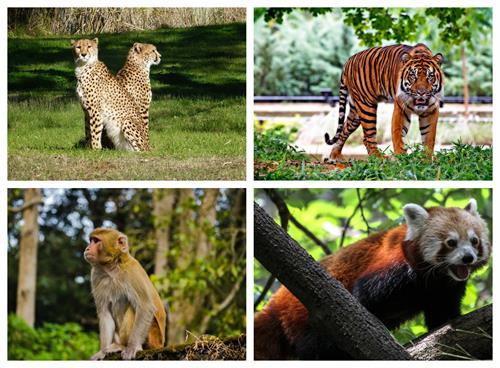
Different types of wildlife present
They are required for the maintenance of biological diversity. It also aids in the promoting economic activities that generate revenue through tourism. Forest and wildlife conservation are interrelated with each other.
Decline in wildlife population:
India's wildlife is a valuable natural heritage. The exploitation of wildlife resources has decreased the global wildlife population by \(52 \ %\) between \(1970\) and \(2014\).
Factors that cause the extinction of wildlife populations:
1. Overexploitation and shrinkage of forest cover areas. Destruction of forests due to deforestation has resulted in the extinction of animals. Some animals are threatened, and some are on the verge of extinction.
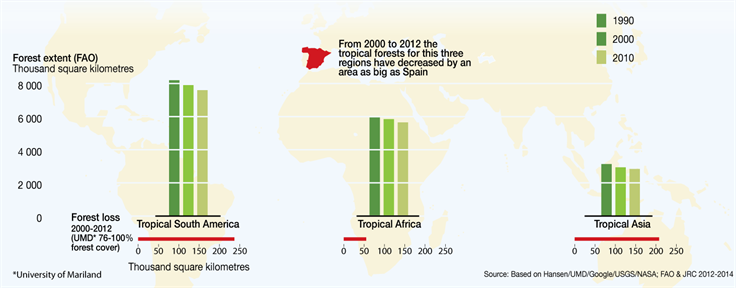
Shrinkage of tropical forests
2. Increased human encroachment has posed a threat to India's wildlife in recent years. Human interference due to increasing population in the vicinity of the forests causes loss of habitat, leading to the extinction of wildlife populations.

Habitat loss
3. Environmental pollution (air and water pollution) has resulted in the extinction of animals.
4. Increased poaching and hunting of animals have also led to the extinction of wildlife populations.
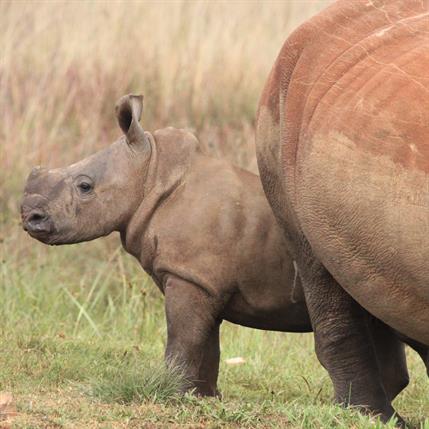
Poaching of rhinoceros
5. Introduction of new species or invasive species causes the extinction of wildlife populations.
6. Usage of chemicals like pesticides and other chemicals harms the wildlife populations.
Wildlife management:
Wildlife management is an interdisciplinary field that focuses on safeguarding endangered and threatened species and subspecies and their habitats and non-threatened agricultural animals and game species.
Aims of wildlife management:
The major goals of wildlife conservation are:
1. To control and limit species exploitation.
2. To preserve the extinction of wildlife and plants.
3. To maintain and protect the threatened species and species on the verge of extinction.
4. To preserve the endangered species.
5. To study the ecological interactions between plants and animals in their natural habitat.
6. Hunting and poaching must be prohibited.
7. Natural habitats are preserved by establishing conservation areas like National parks, Wildlife sanctuaries, protected areas, and Biosphere reserves. Here flora and fauna are protected from extinction.
Protected areas for conservation established by the government:
- Wildlife sanctuary - Area wherein wild animals are protected from disturbances. India has more than \(500\) wildlife sanctuaries.
- National park - Reserved areas for wildlife where they use habitats and resources freely.
- Biosphere reserves - Large protected areas for wildlife, plants and habitat conservation. In India, there are \(15\) biosphere reserves.
Important!
Jim Corbett National Park, in Uttarakhand, was the first National Park to be established in India in the year \(1936\).
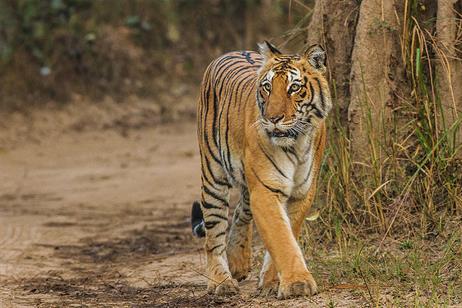
Jim Corbett National Park
The Nilgiris is a Biosphere reserve present in Tamil Nadu.
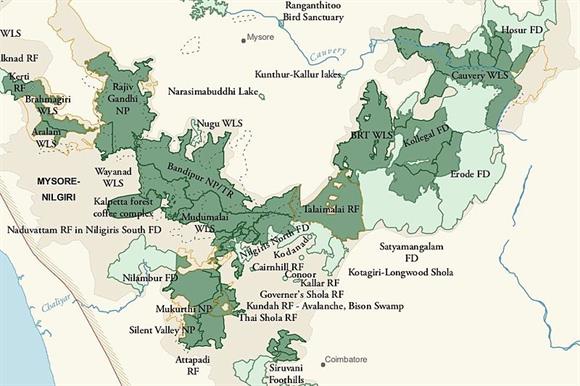
Nilgiris Biosphere Reserve
Reference:
https://www.maxpixel.net/Sitting-Two-Cheetahs-Animal-Wildlife-Big-Cat-2528628
https://www.piqsels.com/en/public-domain-photo-jrbzj
https://pixahive.com/photo/wildlife-15/
https://www.stockvault.net/photo/212345/red-panda
https://commons.wikimedia.org/wiki/File:Bengal-Tiger_Corbett_Uttarakhand_Dec-2013.jpg
https://commons.wikimedia.org/wiki/File:Nilgiris_Biosphere_Reserve.jpg
